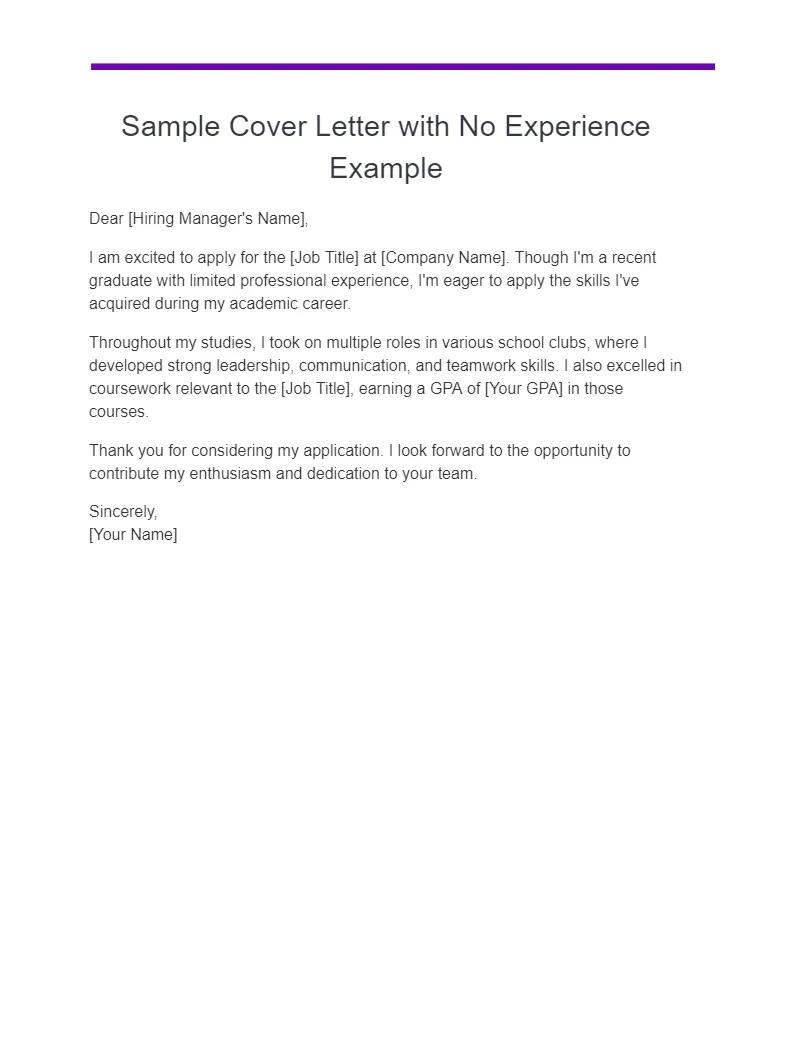Why a Cover Letter Matters for Students
As a student with little to no professional experience, a cover letter is your golden ticket to making a strong first impression. It’s your opportunity to go beyond the limited space of a resume and showcase your personality, enthusiasm, and potential. While your resume lists your skills and education, your cover letter tells a story, explaining why you’re the perfect fit for the role and the company, even if you haven’t held a formal job before. It allows you to address the elephant in the room – your lack of experience – and demonstrate how your skills and experiences, even if gained through academics, extracurricular activities, or personal projects, make you a valuable candidate. Think of it as your personal introduction, allowing you to connect with the hiring manager on a more personal level and making you stand out from other applicants who may have similar qualifications.
Highlighting Transferable Skills (Even Without Experience)
The key to a successful cover letter when you lack traditional work experience is to focus on your transferable skills. These are the abilities you’ve developed in various aspects of your life, such as school projects, volunteer work, club memberships, or even hobbies, that can be applied to a professional setting. Transferable skills bridge the gap between your current situation and the requirements of the job. For example, if you’ve led a team in a school project, you’ve demonstrated leadership and project management skills. If you’ve volunteered at a local charity, you’ve likely honed your communication and interpersonal skills. The goal is to identify and highlight these skills, showing the employer that you possess the necessary qualities to excel in the role, even if your experience isn’t directly related.
Identifying Your Skills
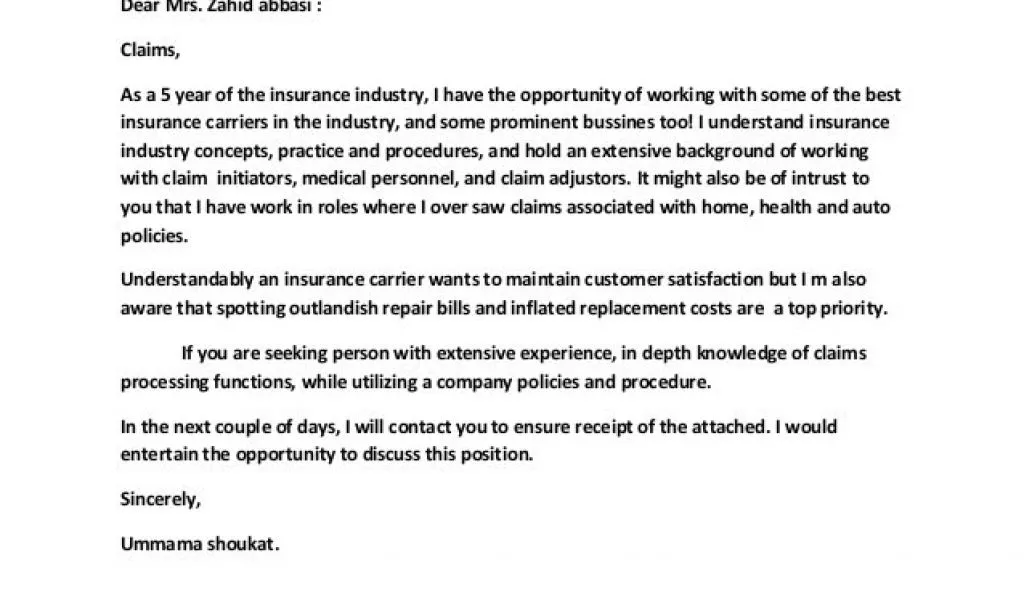
Start by making a list of all the skills you think you possess. Think broadly. Consider skills used in academic projects, such as research, data analysis, and presentation skills. Extracurricular activities will often showcase teamwork, communication, and organizational abilities. Volunteering or community involvement demonstrates empathy, responsibility, and the ability to work with diverse groups of people. Even hobbies can reveal valuable skills; for example, playing a team sport demonstrates teamwork and discipline, while managing a personal blog can illustrate writing and content creation abilities. Be as comprehensive as possible; the more skills you identify, the more effectively you can tailor your cover letter to the specific job requirements.
Showcasing Soft Skills
Soft skills are the interpersonal and personal attributes that enhance your interactions, job performance, and career prospects. These are increasingly valuable in today’s job market. Common soft skills include communication, teamwork, problem-solving, adaptability, time management, and leadership. Demonstrate these skills through specific examples from your past experiences. Instead of just saying you’re a good communicator, describe a situation where you successfully communicated a complex idea to a group, or resolved a conflict through effective communication. When you provide tangible examples, the employer can easily see how these skills translate to the job requirements. Be sure to tailor your examples to the specific job description.
Tailoring Your Cover Letter to the Job
A generic cover letter is easily recognizable and often lands in the rejection pile. The most important step is to customize your cover letter for each job application. The cover letter is not meant to be a one-size-fits-all document; it needs to be tailored to the specific job and the company. Carefully read the job description and identify the key requirements and keywords. Then, align your skills and experiences to those requirements. Highlight the skills and experiences that are most relevant to the position, and use the same language and terminology used in the job description. This shows the employer that you understand the job and are a good fit for the role. Personalization is key. Demonstrate genuine interest in the role and the organization; show them you’ve taken the time to understand their needs and tailor your letter to meet them.
Researching the Company and Role
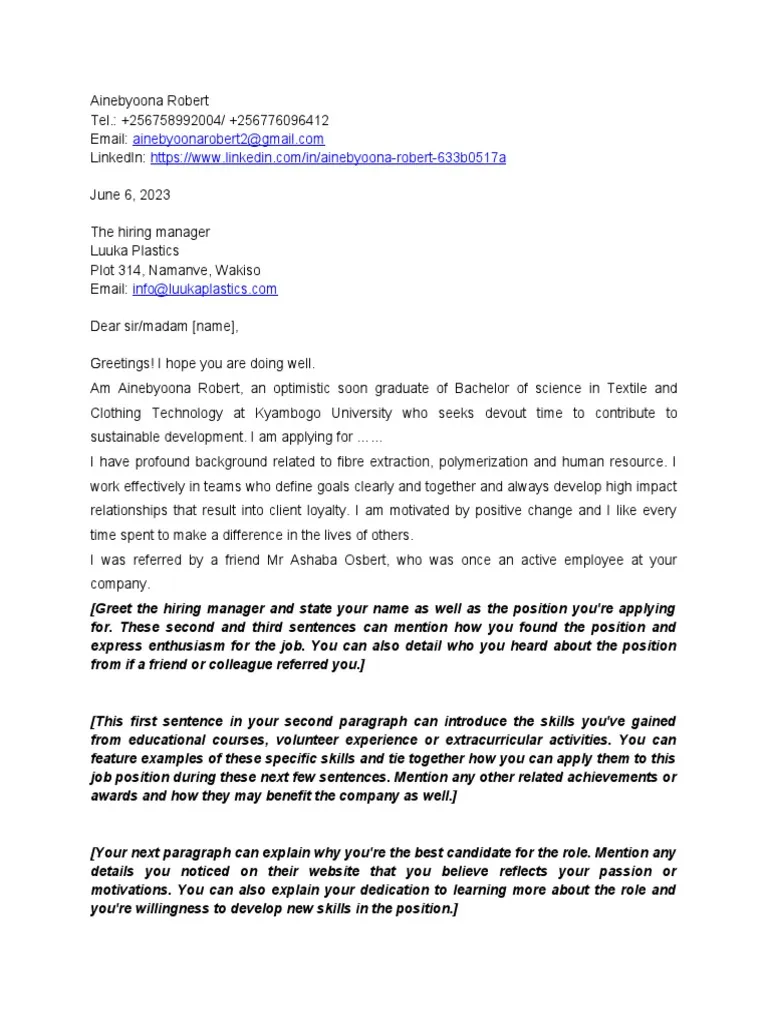
Before you start writing, do your homework. Research the company thoroughly. Understand their mission, values, products or services, and culture. This information will enable you to demonstrate your genuine interest in the company and show that you’re a good fit for their culture. Explore their website, social media profiles, and news articles. Find out about their recent projects, initiatives, and any recent accomplishments. Next, research the specific role you’re applying for. Understand the responsibilities, required skills, and the team you’ll be working with. This knowledge will enable you to tailor your letter to specifically address the company’s needs and explain why you’re uniquely qualified to contribute to their success. Mentioning specific projects or values that resonate with the company shows initiative and commitment, which significantly increases your chances.
Customizing Your Letter
Once you’ve done your research, you can start customizing your cover letter. Use the company’s name and the hiring manager’s name (if you can find it) in the greeting. In the body of the letter, highlight the skills and experiences that align with the job requirements, using specific examples to demonstrate your abilities. Show how your skills have benefited others or achieved positive outcomes. Discuss why you’re interested in the specific role and what attracts you to the company. Mention any projects or initiatives that resonate with you. By addressing the job requirements directly and showing that you understand the company’s needs and how your skills can contribute, you increase your chances of making a strong impression.
Structuring Your Cover Letter
A well-structured cover letter is easier to read and makes a positive impression on the reader. There is a standard structure to follow, which will help you organize your thoughts logically. A typical cover letter includes a header with your contact information, a greeting, an introductory paragraph, body paragraphs, a closing paragraph, and a professional closing. Use clear and concise language. Keep paragraphs short and to the point. Use strong action verbs to describe your skills and accomplishments. Proofread and edit your letter carefully for any errors in grammar or spelling. Aim for a professional tone throughout.
Your Header and Contact Information
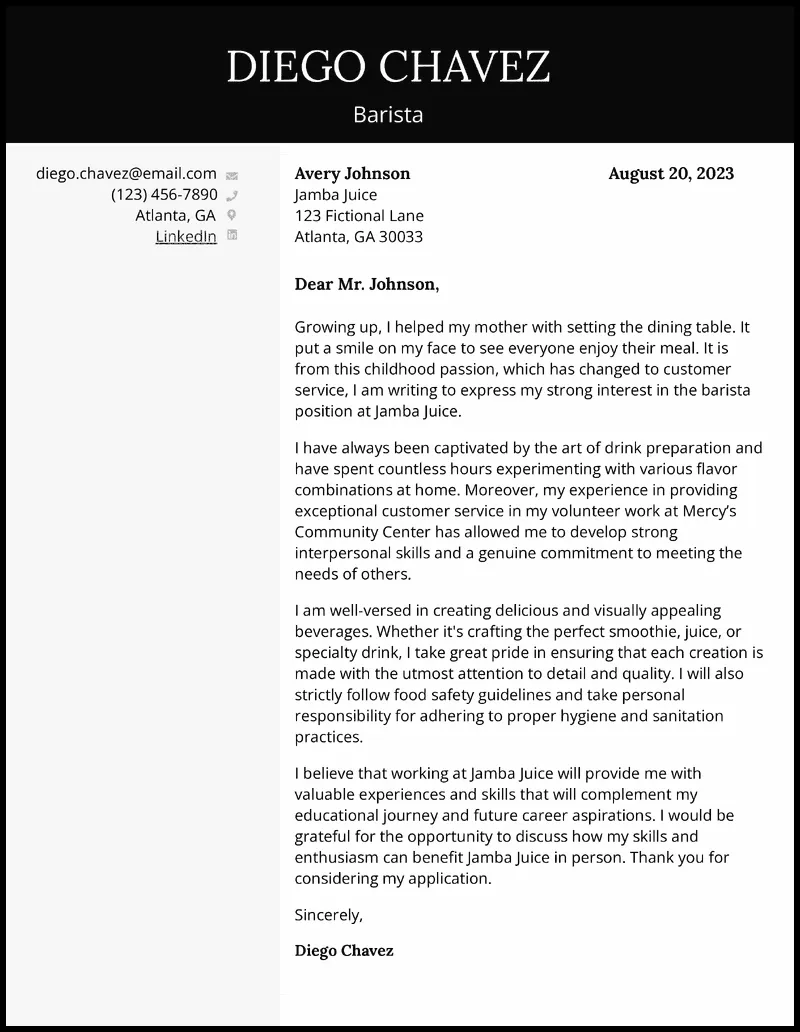
The header is the first thing a recruiter or hiring manager sees. It should include your full name, phone number, email address, and, optionally, your LinkedIn profile URL. Make sure your contact information is up-to-date and professional. Use a professional email address (e.g., jane.doe@email.com) instead of a casual one. If you’re applying for a job online, include your resume with your cover letter and ensure they are both clearly labeled with your name. This is not the place for fancy fonts or designs; keep it clean and simple. The goal is to make it easy for the reader to contact you.
The Opening Paragraph — Grab Attention!
The opening paragraph is your chance to make a strong first impression. It should immediately grab the reader’s attention and make them want to read more. Start by stating the position you’re applying for and where you found the job listing. Then, briefly highlight your key qualifications and express your enthusiasm for the role and the company. You can also mention a specific accomplishment or skill that’s relevant to the job. Avoid generic opening statements like “I am writing to express my interest…” Instead, be direct and engaging. State why you’re interested in the specific role and company. It’s critical to be concise and captivating. This paragraph sets the tone for the rest of your cover letter, so make sure it’s both compelling and professional.
The Body Paragraphs — Sell Yourself
The body paragraphs are where you sell yourself to the hiring manager. Each paragraph should focus on a specific skill or experience relevant to the job. Back up your claims with concrete examples, demonstrating how you’ve applied your skills in the past. Use the STAR method (Situation, Task, Action, Result) to structure your responses, and always quantify your achievements whenever possible (e.g., “Increased social media engagement by 30%.”). Relate your experiences to the job requirements and show how your skills and experiences can benefit the employer. Tailor the content to match the keywords in the job description. Maintain a professional tone and be enthusiastic. Show how your skills align with the job’s requirements.
Demonstrating Enthusiasm
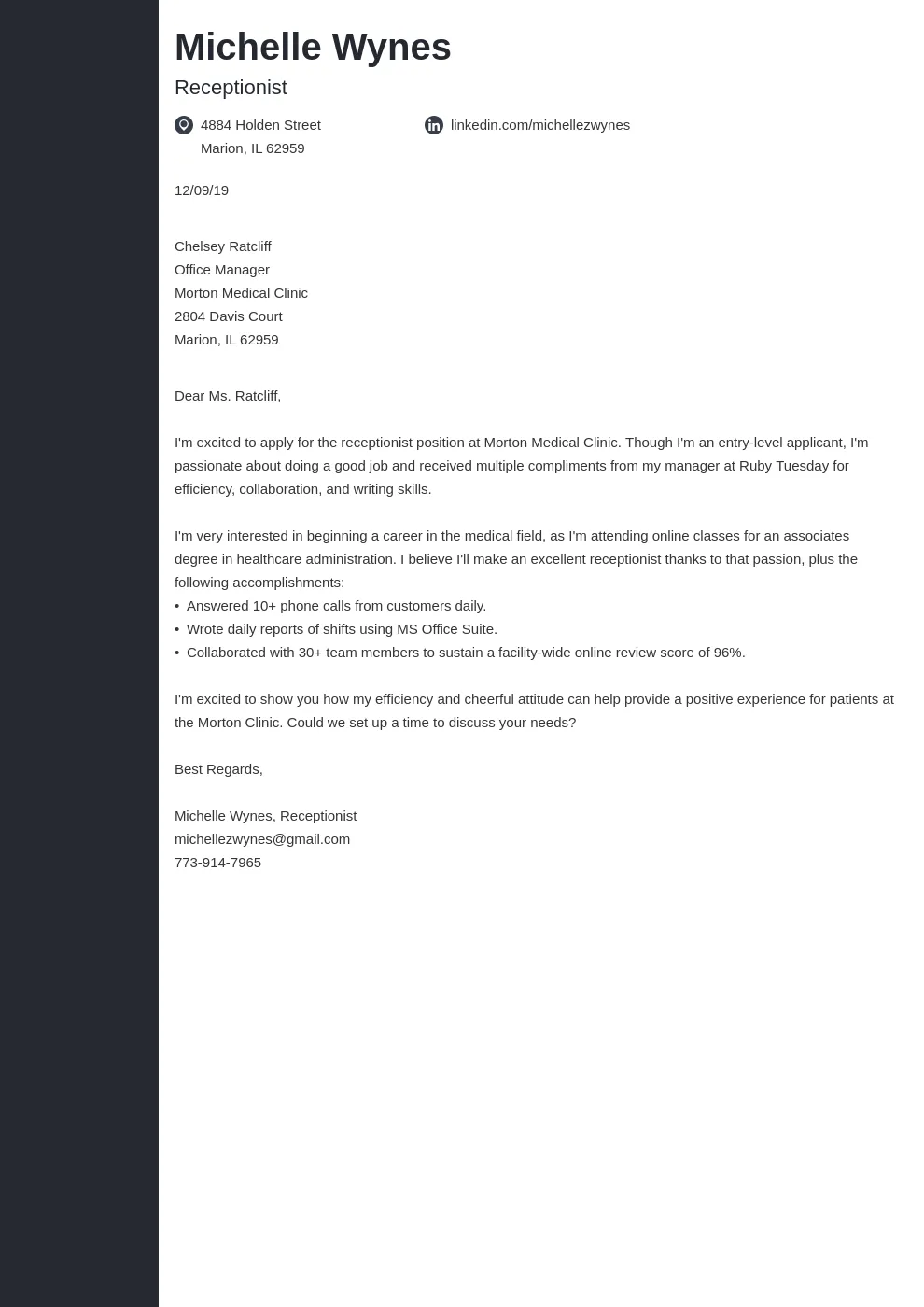
Enthusiasm is infectious and can go a long way in making a positive impression. Expressing your genuine interest in the role and the company helps you stand out from other applicants. Use language that conveys your passion and eagerness. Explain why you are excited about the opportunity and what you admire about the organization. Refer to something specific about the company that resonates with you, whether it’s their mission, values, or recent achievements. Show how your values align with the company culture. Highlight your eagerness to learn and contribute. The more you show your excitement, the more likely the hiring manager is to view you as a valuable candidate.
Using Action Verbs to Describe Skills
Action verbs are powerful tools for making your cover letter dynamic and persuasive. They bring your accomplishments to life and make your letter more engaging. Start each bullet point or sentence with a strong action verb, such as ‘managed’, ‘developed’, ’led’, ‘organized’, ‘created’, ‘implemented’, ‘achieved’, or ‘collaborated.’ These verbs help to convey your skills and show what you’re capable of. Avoid using passive language; instead, focus on what you did and the results you achieved. Choose action verbs that best describe your accomplishments and the job requirements. These verbs not only highlight your accomplishments but also demonstrate your ability to take initiative and get things done. Regularly using action verbs keeps your reader engaged and helps them understand your skills and capabilities.
The Closing Paragraph — Call to Action
The closing paragraph is your final chance to leave a lasting impression. Express your appreciation for the reader’s time and consideration. Reiterate your interest in the position and the company. Include a clear call to action, indicating your desire to move forward in the hiring process. Request an interview and express your availability. Make it easy for the hiring manager to contact you, and be enthusiastic about the prospect of discussing your qualifications further. A strong closing paragraph can solidify your position as a candidate and demonstrate your professionalism and eagerness. Thank the reader for their time and consideration, reinforcing your enthusiasm for the opportunity.
Proofreading and Editing Your Cover Letter
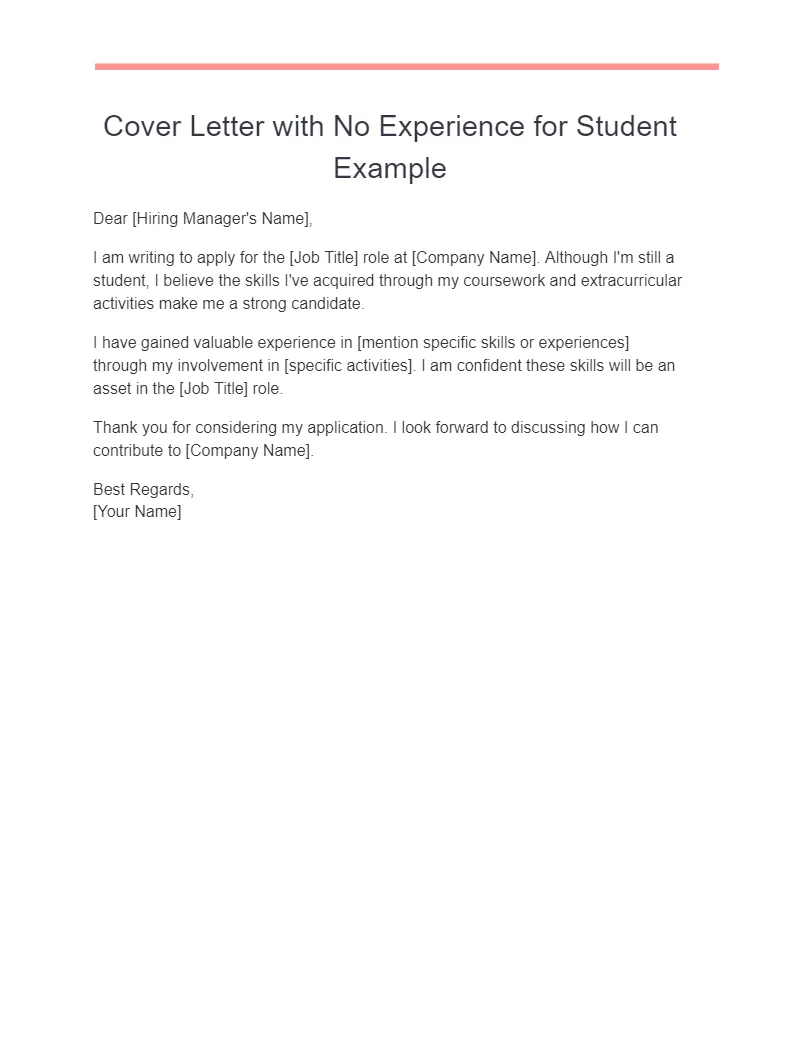
Proofreading and editing are critical steps in the cover letter writing process. A polished, error-free cover letter reflects professionalism and attention to detail. Before you submit your cover letter, carefully read it for any grammatical errors, spelling mistakes, and typos. Ensure the letter is well-organized, easy to read, and free from any awkward phrasing or inconsistencies. Consider using a grammar and spell checker to catch any errors you might miss. It’s helpful to get a second pair of eyes to review your letter, as someone else can catch mistakes that you might overlook. Ask a friend, career advisor, or family member to proofread your letter for any errors. Ensure that the formatting is correct and that your contact information is accurate.
Getting Feedback
Seeking feedback on your cover letter from trusted sources is crucial. Feedback provides valuable insights, which helps to improve your cover letter. Ask career advisors, professors, or friends to review your letter. They can provide insights into your letter’s strengths and weaknesses. Make sure to ask specific questions, such as: Is the letter clear and concise? Does it effectively highlight your skills and experiences? Does the tone sound professional and enthusiastic? Is the letter free of errors? Incorporate feedback and make necessary revisions. This iterative process will help you refine your cover letter and increase your chances of success.
Cover Letter Examples for Different Situations
Different jobs and situations require specific cover letter styles. Here are a couple examples for different job opportunities to better understand how to write your cover letter, tailoring it to specific needs. Tailoring each letter is the key to making a strong first impression.
Example Cover Letter for Internship
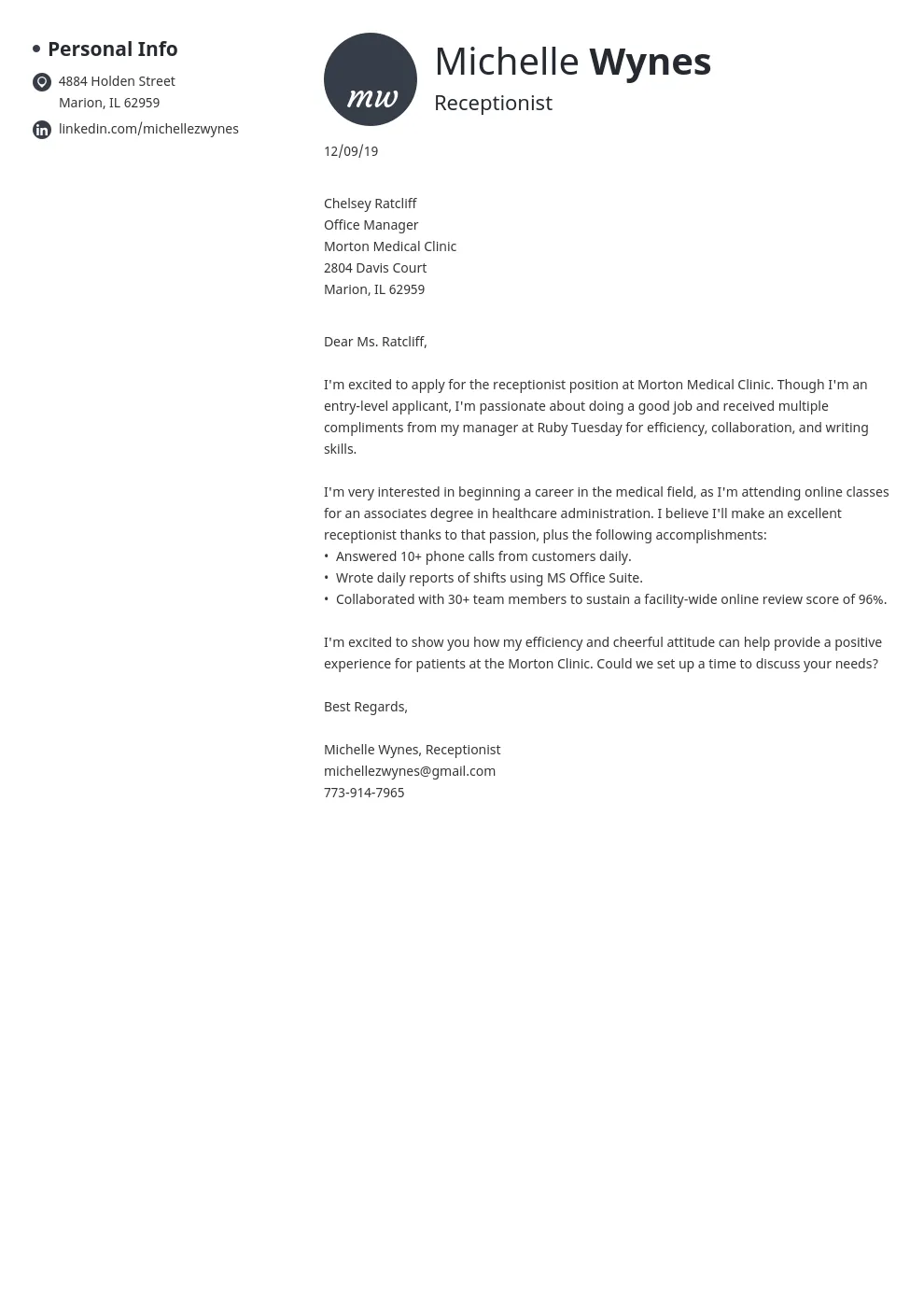
When applying for an internship, emphasize your eagerness to learn and gain experience in the field. Highlight any relevant coursework, projects, or volunteer work. Express your enthusiasm for the company’s mission and how you can contribute to their goals. Briefly mention your career aspirations and what you hope to achieve during the internship.
Example Cover Letter for Part-Time Job
For a part-time job, showcase your reliability, time management skills, and ability to balance work with your studies. Highlight any customer service skills, teamwork, or problem-solving abilities you may have. Show your availability, and express your willingness to take on the responsibilities.
Dos and Don’ts of Cover Letters
Following these guidelines helps you create a professional, impactful cover letter, increasing your chances of getting hired. Understanding what to do and avoid is essential for crafting an effective cover letter. Here are the key dos and don’ts to keep in mind while writing your cover letter to ensure it showcases you in the best possible light.
Dos
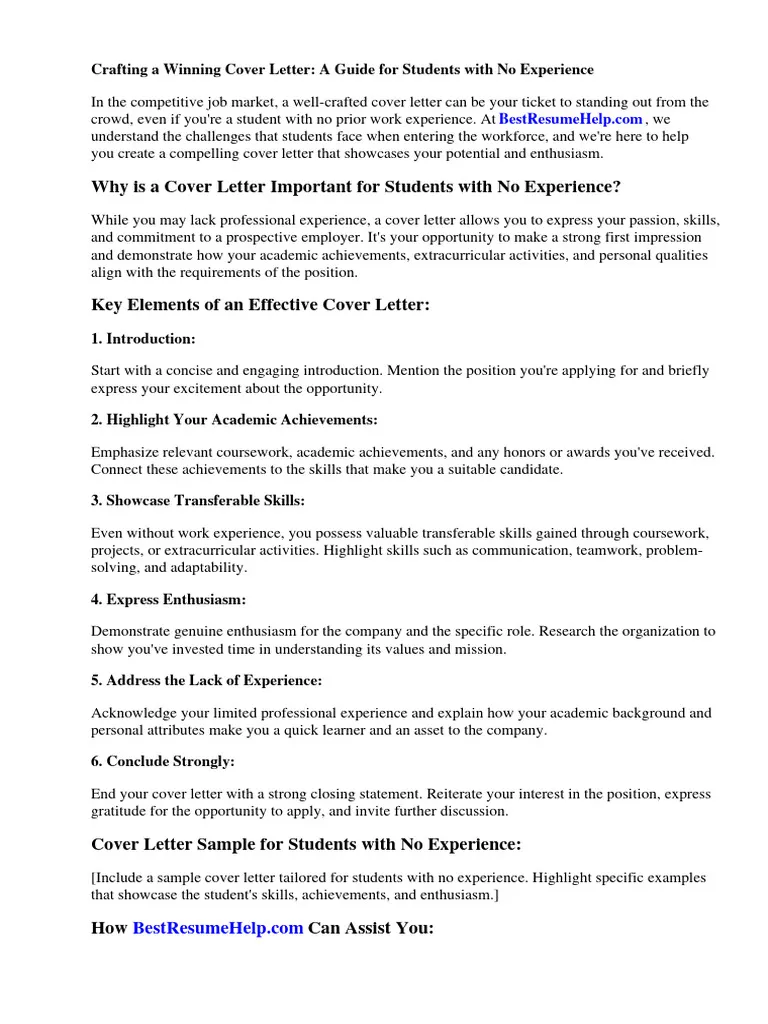
- Tailor your cover letter to each job.
- Highlight transferable skills.
- Use action verbs.
- Quantify your achievements.
- Proofread carefully.
- Research the company and role.
- Show enthusiasm.
Don’ts
- Send a generic cover letter.
- Focus solely on your lack of experience.
- Include irrelevant information.
- Use jargon or clichés.
- Have grammatical errors or typos.
- Exceed one page.
Final Thoughts and Resources
Writing a cover letter as a student with no experience can seem challenging, but by focusing on your transferable skills, tailoring your letter to each job, and demonstrating your enthusiasm, you can create a compelling document that captures the hiring manager’s attention. Remember to always proofread your cover letter and seek feedback from others. The cover letter is a critical tool for securing an interview and landing your dream job. Additional resources such as resume templates, cover letter examples, and career advice websites, will significantly improve your chances of securing an interview. Always practice, refine your skills, and don’t give up!
